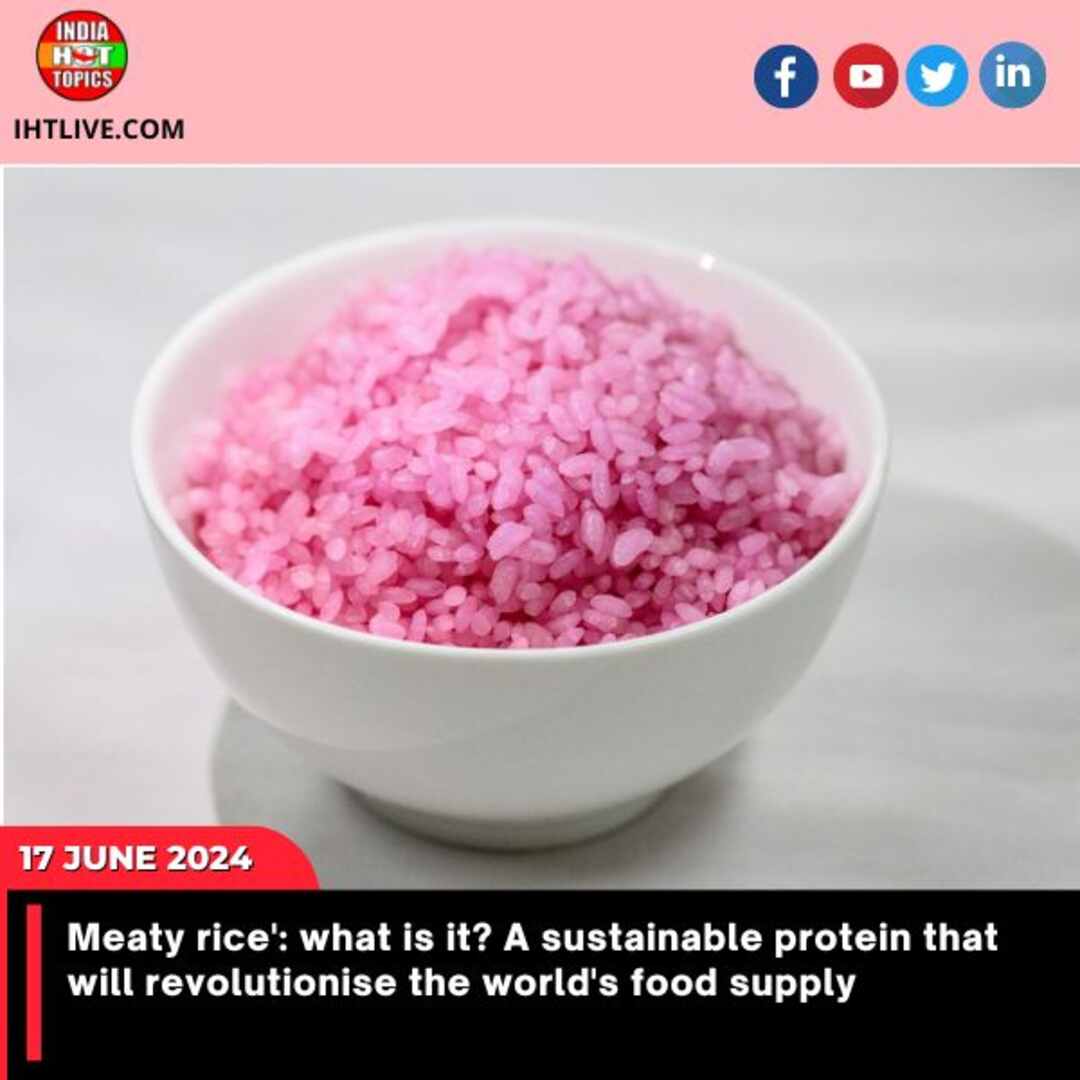World
Exceptionally high’ economic risks exist in Pakistan, according to an IMF report
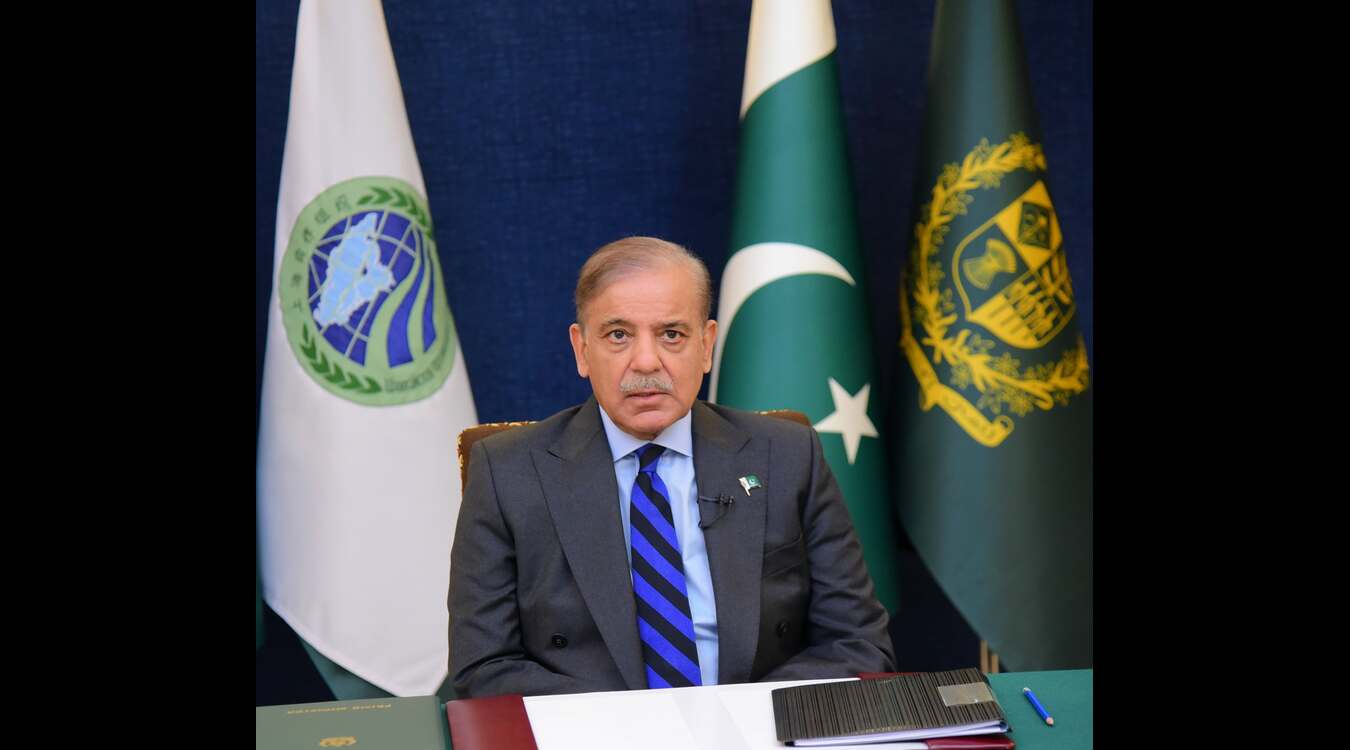
Pakistan, like many countries, faces a range of economic challenges that impact its growth, stability, and development. A recent report from the International Monetary Fund (IMF) has drawn attention to the existence of “exceptionally high” economic risks in Pakistan. This blog aims to examine the key findings of the IMF report, explore the underlying factors contributing to these risks, and discuss the potential implications for Pakistan’s economy.
Pakistan: IMF Bailout Should Advance Economic Rights
Pakistan’s recent agreement with the International Monetary Fund (IMF) for a bailout package presents an opportunity to advance economic rights and improve the well-being of its citizens. As the country faces significant economic challenges, including a high fiscal deficit and external imbalances, the IMF’s financial assistance can provide much-needed stability and support for Pakistan’s economy. However, it is crucial that the bailout conditions are designed with a focus on protecting and promoting the economic rights of the most vulnerable populations. This includes ensuring access to essential services such as education, healthcare, and social protection programs, while also addressing income inequality and promoting inclusive economic growth. By prioritizing economic rights in the implementation of the IMF bailout, Pakistan can create a more equitable and sustainable economic system that benefits all its citizens.
The IMF Report: Identifying Exceptionally High Risks
The IMF report highlights several critical factors that contribute to the exceptionally high economic risks faced by Pakistan. These include fiscal imbalances, a fragile external position, elevated public debt, and structural issues. The report emphasizes the need for decisive policy actions to address these challenges and enhance economic resilience.
Fiscal Imbalances: Pakistan’s fiscal deficit, driven by a mismatch between government revenues and expenditures, poses a significant risk to the economy. The report underscores the importance of fiscal consolidation measures to bring spending in line with revenues and reduce reliance on borrowing.
Fragile External Position: Pakistan’s external accounts face vulnerabilities, including a high current account deficit, limited foreign exchange reserves, and external debt repayments. The IMF report stresses the need to improve the country’s export competitiveness, attract foreign direct investment, and enhance foreign exchange inflows.
Elevated Public Debt: Pakistan’s public debt burden has been rising, raising concerns about debt sustainability and servicing capacity. The report highlights the importance of debt management strategies, fiscal discipline, and revenue mobilization to address this issue effectively.
Structural Challenges: The IMF report also identifies structural issues that hamper Pakistan’s economic growth potential, including weak governance, inefficiencies in the energy sector, and low productivity. Addressing these challenges requires comprehensive reforms to improve governance, enhance the business environment, and boost productivity across sectors.
Implications and the Way Forward
The IMF report’s findings indicate that addressing the exceptionally high economic risks in Pakistan requires concerted efforts from the government, policymakers, and relevant stakeholders. Failure to take prompt and effective measures could result in increased vulnerability, hinder economic growth, and impede progress towards social development goals.
To navigate these challenges, Pakistan must prioritize the following actions:
Fiscal Discipline and Reforms: Implementing sound fiscal policies, including revenue enhancement, expenditure rationalization, and effective public financial management, is crucial for long-term fiscal sustainability.
Strengthening External Resilience: Encouraging exports diversification, attracting foreign investment, and improving the balance of payments position are essential for reducing external vulnerabilities and enhancing economic stability.
Debt Management: Instituting prudent debt management practices, including prioritizing concessional borrowing, monitoring debt levels, and ensuring debt repayment capacity, is critical to mitigate the risks associated with the country’s debt burden.
Structural Reforms: Undertaking comprehensive structural reforms to improve governance, enhance the business environment, promote competition, and increase productivity across sectors will support sustainable and inclusive economic growth.
The IMF report highlighting “exceptionally high” economic risks in Pakistan serves as a wake-up call for policymakers and stakeholders to take swift and decisive actions. Addressing fiscal imbalances, strengthening the external position, managing public debt, and implementing structural reforms are vital steps towards achieving sustainable economic growth, stability, and resilience.
By embracing prudent economic policies, fostering an enabling business environment, and prioritizing governance reforms, Pakistan can navigate these challenges and unlock its full economic potential. It is through concerted efforts and collaboration that the country can pave the way for a prosperous future, ensuring improved living standards and opportunities for its citizens.
General News Platform – https://ihtlive.com/
Entertainment News Platforms – anyflix.in
Construction Infrastructure and Mining News Platform – https://cimreviews.com/
Podcast Platforms – https://anyfm.in/
World
Michigan splash pad attack: A couple was shot seven times in total while defending their two small daughters.

During the Michigan splash pad incident, a Rochester couple who were defending their young girls were shot seven times in all. Michael William Nash, 42, shot and wounded nine people at the Brooklands Plaza Splash Pad in Rochester Hills before taking his own life.
After being shot seven times in all, Micayla and Eric Coughlin sustained injuries while attempting to shield their two-year-old and seven-month-old girls. The attack happened close to their house on Saturday, June 15, at approximately five o’clock in the evening.
According to a GoFundMe page created for the couple, they were attacked brutally as they brought their kids to the Brooklands Plaza Splash Pad to “enjoy a day with beautiful weather.” After grabbing a child to shield themselves, they were shot and hurt.
The page says, “They walked to the splash pad shortly after getting ice cream, and they weren’t even there for a minute when Micayla and Eric heard gunfire.” “They each grabbed a child to protect them, trying to save their own children.”
Right now, the woman and husband are receiving treatment in a hospital. Noel Wakula, a friend of Micayla’s, organised the campaign, which has asked for donations to support the family with their medical expenses.
The page says, “Their children were protected and able to go home that evening because of their heroic actions.” “After this unimaginable tragedy, Micayla and Eric have a long and unknown recovery ahead of them.”
Three other members of the same family—a 39-year-old lady, an eight-year-old child, and a four-year-old son—were also killed in the catastrophe. A 78-year-old guy who was shot in the abdomen was the oldest casualty.
It is said that Nash had mental health problems. Although his motivation is being looked into, the Detroit Free Press claims he was unrelated to the victims.
General News Platform – https://ihtlive.com/
Entertainment News Platforms – anyflix.in
Construction Infrastructure and Mining News Platform – https://cimreviews.com/
Podcast Platforms – https://anyfm.in/
World
Netizens express embarrassment at confused Joe Biden being escorted off stage by Barack Obama at an event in Los Angeles.

In a widely shared video, Joe Biden appeared to freeze up on stage at a Los Angeles fundraiser, and former president Barack Obama was seen helping him off. The altercation happened following Biden and Obama’s 45-minute appearance at the Peacock Theatre for a late-night chat with Jimmy Kimmel.
The men can be seen in the footage standing for applause at the star-studded event. Biden seemed to fix his gaze on the audience for ten seconds or more before Obama walked him off the stage and grabbed his wrist. The New York Post reports that the Biden campaign was able to raise almost $30 million at the event. At the occasion were famous people including Barbra Streisand, Julia Roberts, and George Clooney.
“There is no way that this is the head of the free world.”
“No offence… But I’ll never understand why old folks, and I mean rich old men and women just can’t leave politics alone and simply go on about their lives and enjoy EVERY bit of it until the last day,” wrote one of the many comments on the above video that British broadcaster Piers Morgan shared on social media. Too wealthy to be making themselves look bad on national television like this. One person remarked, “Clearly President Obama seems to have stepped in and taken command,” while another said, “They’re simply going to carry on pretending that it’s not happening and continue promoting Biden as “Sharp, dynamic, and full of vigour.”
“Why does Obama appear to be dragging out Biden as some elderly statesman to smile and wave at the crowd? One user said, “This cannot possibly be the leader of the free world,” and another commented, “It’s hard not to feel sorry for Biden.” The elderly boy has to be taken care of and removed from the spotlight by someone. A user said, “It’s so embarrassing that they have allowed this to continue.”
Some people, meanwhile, expressed sympathy for Biden’s poor performance. Would you send him shopping with a list to the nearby stores and expect him to return home if he were your father? It is inhumane. One commenter said, “They are embarrassing him by letting this continue. “I’m sure mainstream media will cry about “camera angles” and “framing” again,” another person commented. Elder abuse is something that must be acknowledged.
In fact, one user went so far as to say he thought the incident was being exaggerated and that Biden had not actually frozen up. “I was present there. In the front row, I witnessed three young people yelling at President Biden. @President Biden did not clam up when trying to listen. Seemingly prepared to reply, Now incorrect news is spreading. Sharing my perspective,” the user wrote.
General News Platform – https://ihtlive.com/
Entertainment News Platforms – anyflix.in
Construction Infrastructure and Mining News Platform – https://cimreviews.com/
Podcast Platforms – https://anyfm.in/
World
Saudi Arabia: As the temperature approaches 48 degrees, 14 Jordanian Hajj pilgrims have died.

Because of the intense heat and prolonged heatwave that pervaded Saudi Arabia during the Hajj, at least 14 Jordanian pilgrims have perished and 17 more are missing. During the Hajj pilgrimage, fourteen Jordanian pilgrims perished and seventeen more went missing, according to the foreign ministry of Jordan. According to the statement, its citizens died “after suffering a stroke due to the extreme heat wave.”
The Jordanian foreign ministry stated in a statement that it was working with the Saudi authorities to arrange for the burial or transfer of the remains of the deceased in accordance with the family’s requests.
Five Iranian pilgrims’ deaths were also confirmed by the Iranian Red Crescent, however the cause of their deaths was not disclosed, according to news agency AFP. Regarding the deaths, Saudi authorities haven’t yet made an official comment.
In the holy town, the temperature has surpassed 40 degrees Celsius (104 degrees Fahrenheit) and is expected to hit 47 degrees on Monday.
As part of their efforts to reduce heat, the Saudi authorities have established numerous climate-controlled rooms. Along with giving out water, they counsel pilgrims on sun protection techniques. Additionally, the Saudi health ministry sent a warning advising pilgrims to avoid the warmest parts of the day outside and to stay hydrated.
One of the world’s biggest mass gatherings is the Hajj. Saudi officials claim that around 1.8 million pilgrims are participating this year. Over the last 30 years, hundreds of deaths have occurred at the festival due to stampedes, tent fires, heat, and other causes.
At least 240 persons, many of whom were from Indonesia, lost their lives during the Hajj pilgrimage in 2018. The death toll was reported by several nations, although the causes of death were not given. Heat stroke affected more than 2,000 pilgrims on the journey.
Hajj for this year would conclude on Wednesday.
General News Platform – https://ihtlive.com/
Entertainment News Platforms – anyflix.in
Construction Infrastructure and Mining News Platform – https://cimreviews.com/
Podcast Platforms – https://anyfm.in/
-
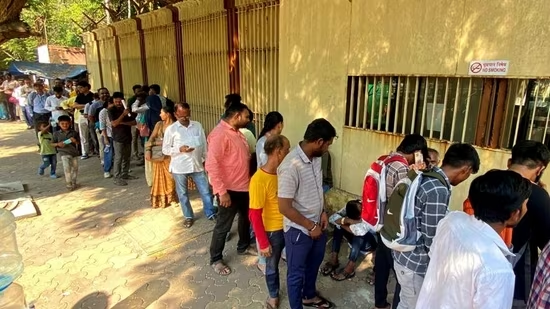
 India8 months ago
India8 months agoThe afternoon briefing revealed that 97.26% of the ₹2000 notes were returned, and the Israeli Prime Minister committed to war goals.
-
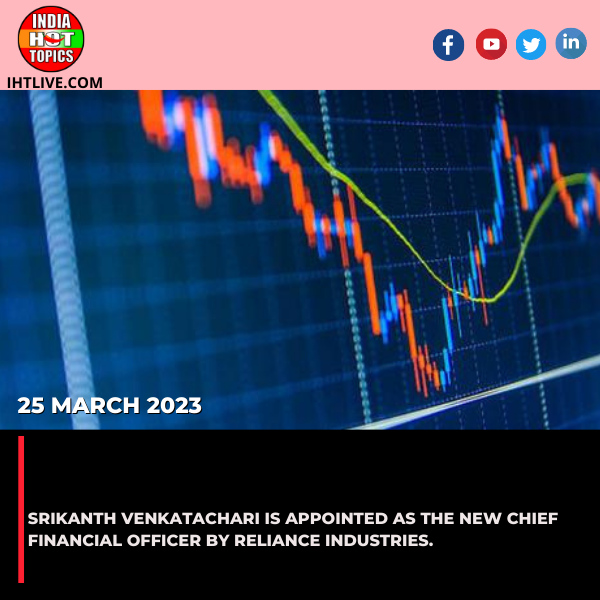
 Business1 year ago
Business1 year agoSrikanth Venkatachari is appointed as the new chief financial officer by Reliance Industries.
-

 Entertainment1 year ago
Entertainment1 year agoNew Season 8 The Walking Dead trailer flashes forward in time
-
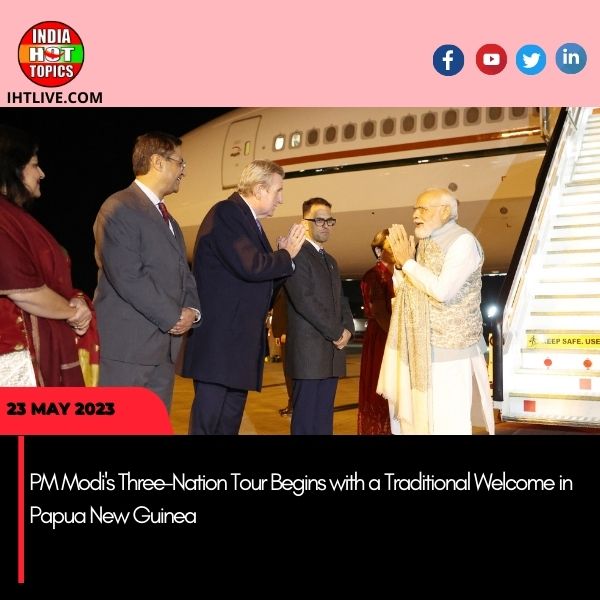
 India1 year ago
India1 year agoPM Modi’s Three-Nation Tour Begins with a Traditional Welcome in Papua New Guinea
-

 Fashion7 years ago
Fashion7 years agoThese ’90s fashion trends are making a comeback in 2017
-

 India Hot Topics12 months ago
India Hot Topics12 months agoCenter ‘busts’ 8 YouTube channels for distributing false information.
-

 Business7 years ago
Business7 years agoThe 9 worst mistakes you can ever make at work
-
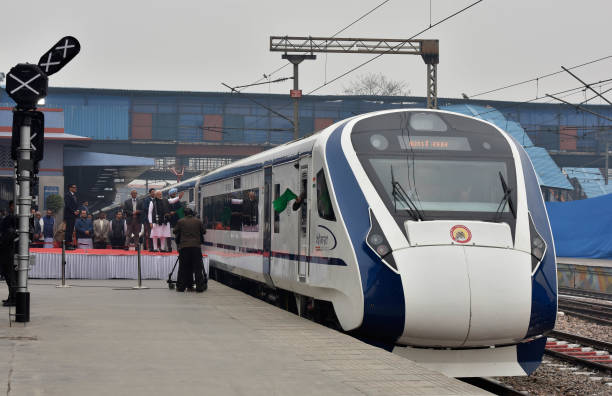
 India1 year ago
India1 year ago3 Vande Bharat Trains, An E-way: MP’s Infra, Connectivity Projects on Fast Track ahead of Assembly Polls


